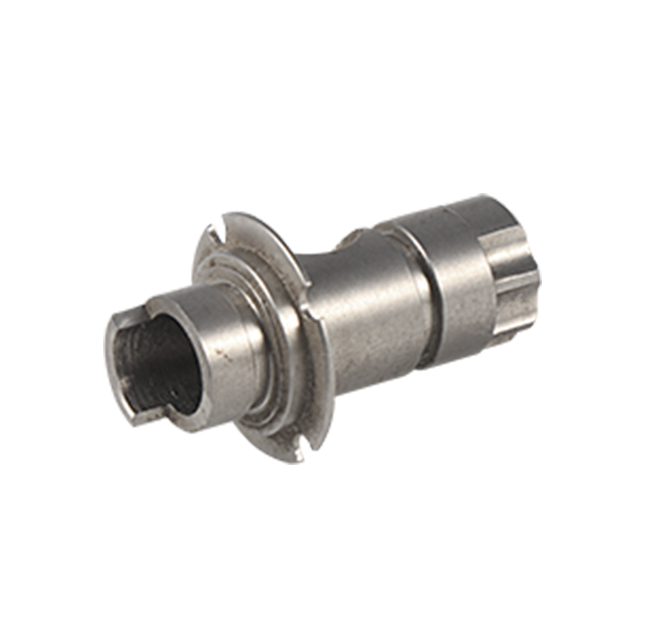Time:2025-06-23 Views:0 source:CNC Machining customization source:CNC Machining news

Hot-Chamber Die Casting: Used for low-melting-point metals like zinc and tin. The melting pot is integrated into the machine, and a piston injects metal directly into the die, enabling faster cycle times (20–60 seconds per part).
Cold-Chamber Die Casting: Suitable for high-melting-point metals like aluminum and copper. The molten metal is transferred from a separate furnace to the shot sleeve, where a piston forces it into the die. This method is slower (60–300 seconds per part) but handles higher temperatures and larger part sizes.
Advantages
High Efficiency: Die casting offers rapid production rates, making it ideal for high-volume manufacturing.
Precision and Detail: Parts exhibit tight tolerances (±0.05 mm) and complex features like thin walls, threads, and internal cavities.
Surface Quality: Smooth, near-finished surfaces reduce the need for post-processing.
Material Strength: Metal components are stronger and more durable than plastic alternatives, suitable for structural applications.
Disadvantages
High Initial Costs: Dies are expensive to design and machine, requiring significant upfront investment.
Material Limitations: Primarily used for non-ferrous metals; ferrous metals’ high melting points degrade die lifespan.
Porosity Risks: Trapped air during injection can cause micro-porosity, limiting applications where heat treatment or pressure tightness is required.
Applications
Die casting is widely used in industries such as automotive (engine components, transmission parts), aerospace (turbine brackets), electronics (heat sinks), and consumer goods (appliance parts). Its ability to produce complex, high-strength metal parts efficiently makes it a cornerstone of modern manufacturing, though it is best suited for large production runs to justify the substantial die costs.
Read recommendations:
Sealing ring Precision electronic parts
Housing components for recessed downlights Precision electronic parts
Oval Magnetic Hardware Precision electronic parts
CNC Machining Dimension Accuracy
CNC processing factory - Meeting customers' strict requirements for precision